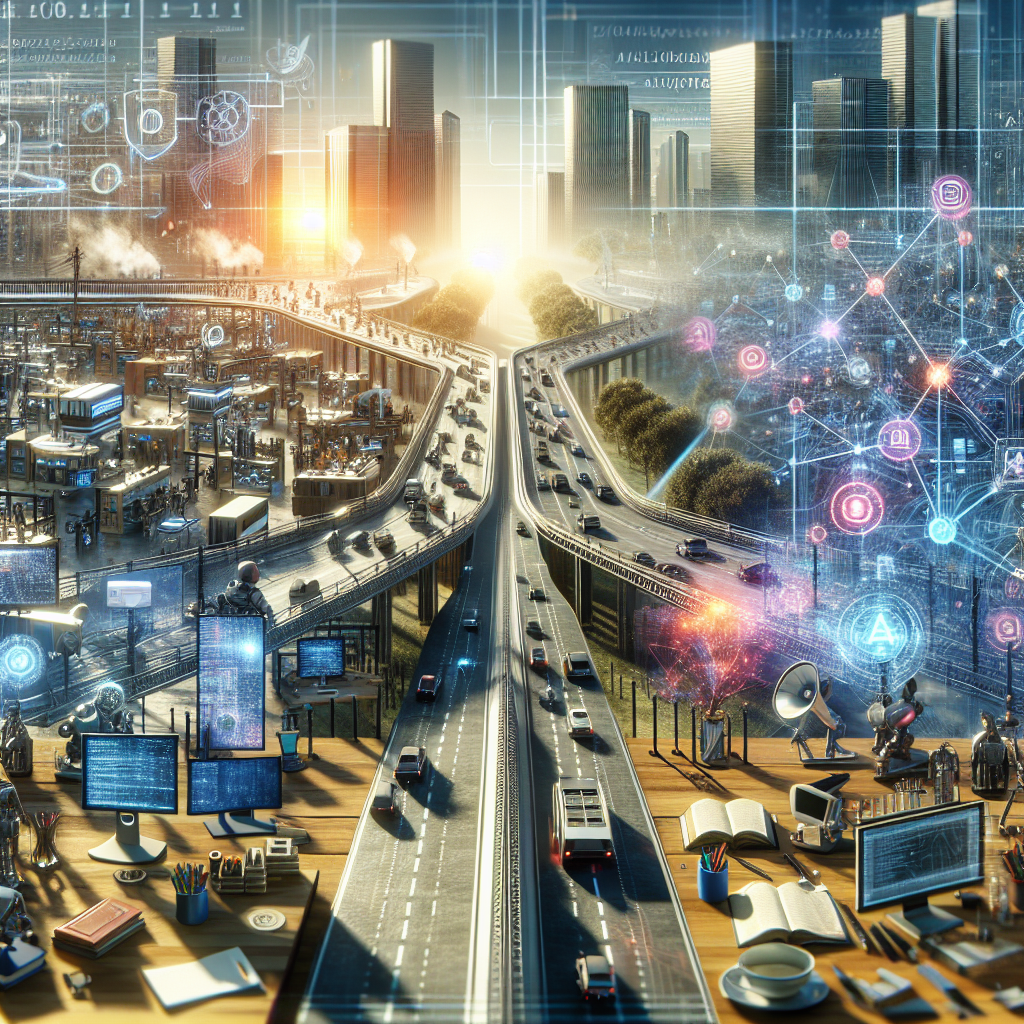In today’s digital age, access to technology and the internet has become increasingly important for individuals and communities to thrive. However, there is a significant disparity in access to these resources, known as the digital divide. This gap between those who have access to technology and those who do not can have serious consequences, including limited educational and economic opportunities.
One way to bridge this digital divide is through AI democratization. Artificial intelligence (AI) has the potential to revolutionize the way we live and work, but it is often seen as a tool reserved for those with advanced technical knowledge. By democratizing AI, we can make this powerful technology accessible to a wider range of people, including those who may not have traditional technical backgrounds.
AI democratization involves making AI tools and resources available to a broader audience, regardless of their technical expertise. This can be achieved through initiatives such as online courses, workshops, and open-source software that make it easier for individuals to learn about and use AI. By democratizing AI, we can empower individuals and communities to harness the power of this technology to address a wide range of societal challenges, including bridging the digital divide.
One of the key ways in which AI can help bridge the digital divide is through education. By making AI tools and resources more accessible, we can empower individuals to learn new skills and gain a better understanding of technology. This can help to level the playing field for those who may not have had access to quality education or training in the past. AI can also be used to personalize learning experiences, making it easier for individuals to learn at their own pace and in a way that works best for them.
AI can also be used to improve access to essential services, such as healthcare and financial services. For example, AI-powered chatbots can provide information and support to individuals who may not have access to traditional healthcare providers. AI can also be used to analyze data and identify trends that can help organizations better serve underserved communities. By leveraging AI in this way, we can ensure that all individuals have access to the resources and support they need to thrive.
In addition to education and access to services, AI democratization can also help to create economic opportunities for individuals and communities. By making AI tools more accessible, we can empower individuals to develop new products and services, start their own businesses, and create jobs in their communities. AI can also be used to automate repetitive tasks, freeing up time for individuals to focus on more meaningful and creative work.
Overall, AI democratization has the potential to bridge the digital divide by empowering individuals and communities to harness the power of AI to improve their lives. By making AI more accessible, we can ensure that all individuals have the opportunity to benefit from this transformative technology.
FAQs:
Q: What is AI democratization?
A: AI democratization refers to making AI tools and resources more accessible to a broader audience, regardless of their technical expertise. This can involve initiatives such as online courses, workshops, and open-source software that make it easier for individuals to learn about and use AI.
Q: How can AI help bridge the digital divide?
A: AI can help bridge the digital divide by improving access to education, essential services, and economic opportunities. By making AI tools more accessible, we can empower individuals and communities to harness the power of this technology to address a wide range of societal challenges.
Q: What are some examples of AI democratization initiatives?
A: Examples of AI democratization initiatives include online courses, workshops, and open-source software that make it easier for individuals to learn about and use AI. These initiatives aim to make AI more accessible to a broader audience, regardless of their technical expertise.
Q: How can individuals and communities benefit from AI democratization?
A: Individuals and communities can benefit from AI democratization by gaining access to new skills, resources, and opportunities. By leveraging AI, individuals can improve their education, access essential services, and create economic opportunities for themselves and their communities.
Q: What are some challenges to AI democratization?
A: Some challenges to AI democratization include ensuring that individuals have access to the necessary resources and support to learn about and use AI. Additionally, there may be concerns about data privacy and security that need to be addressed in order to fully realize the potential of AI democratization.

